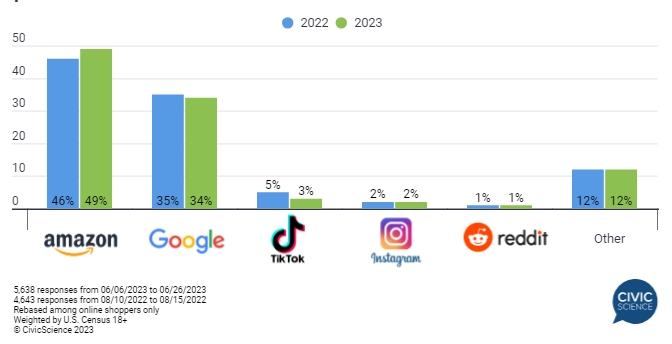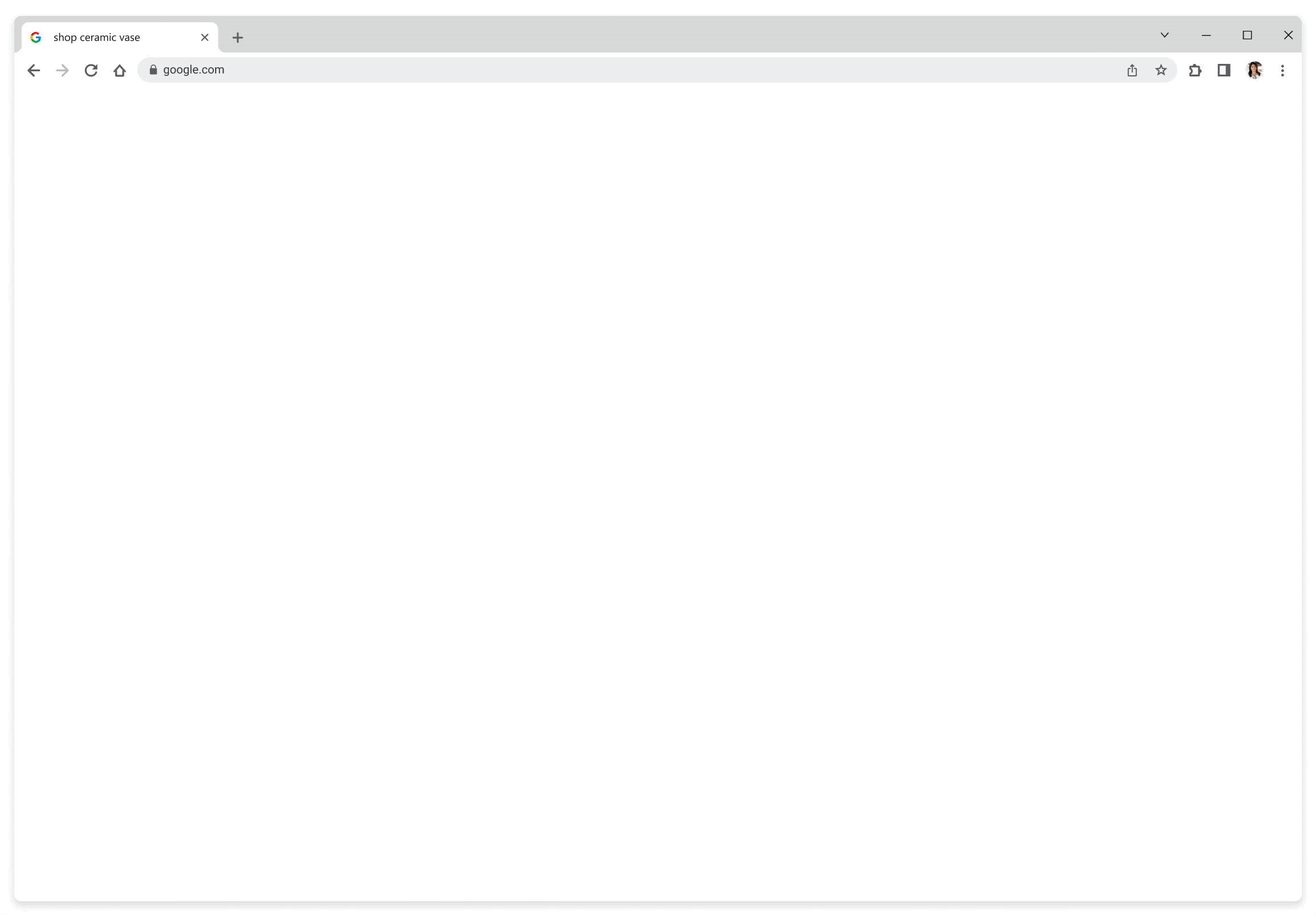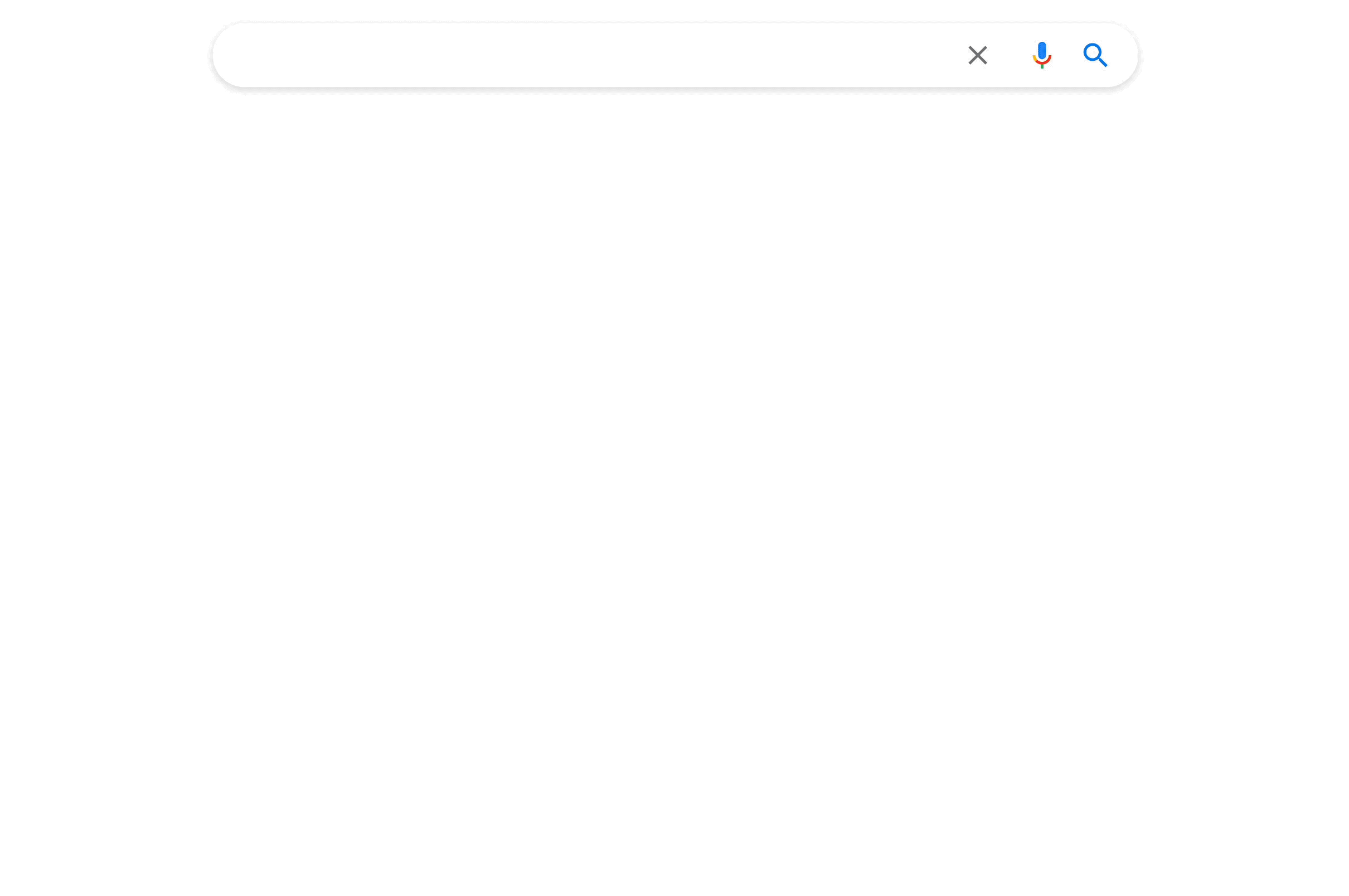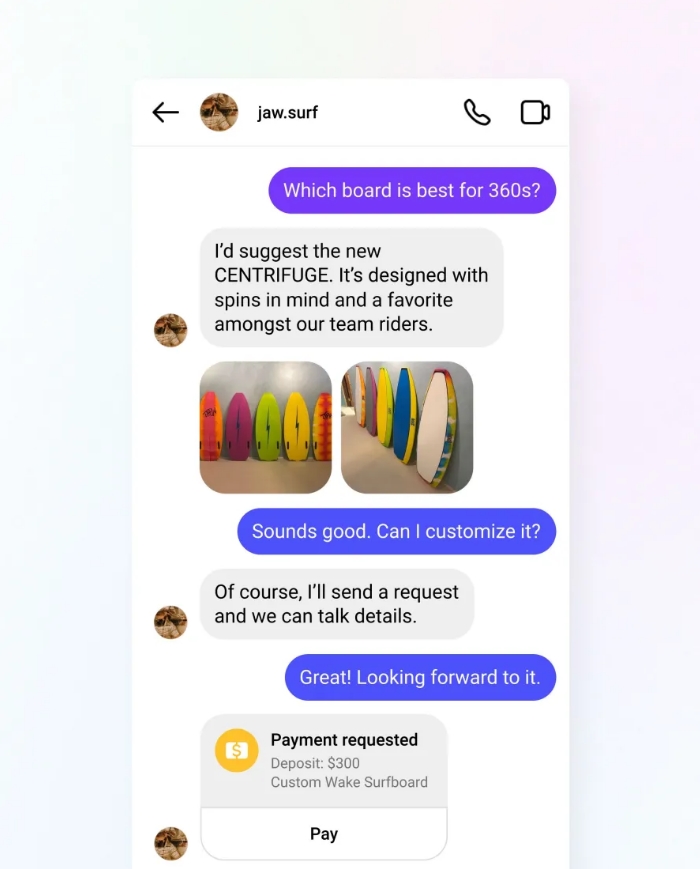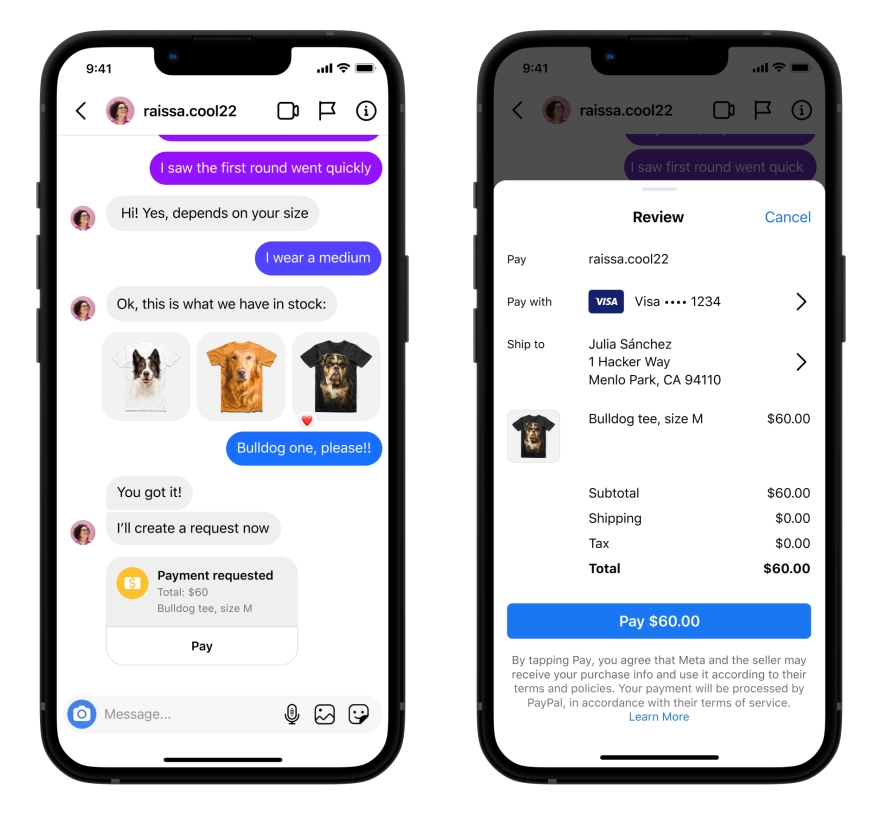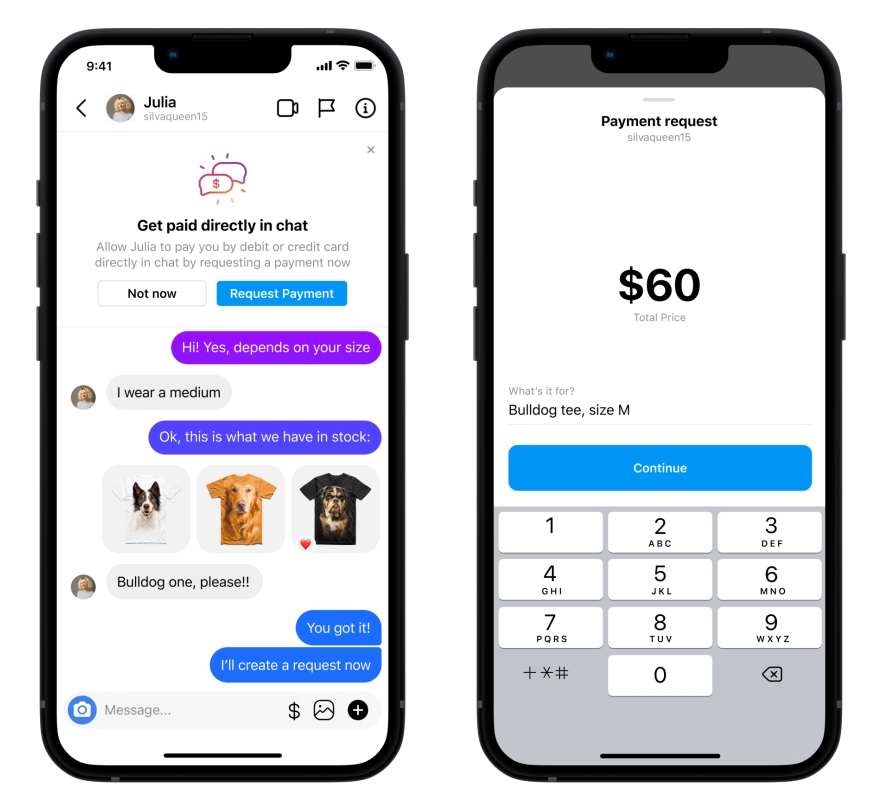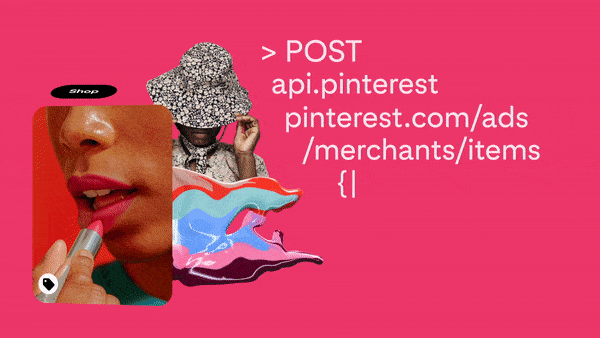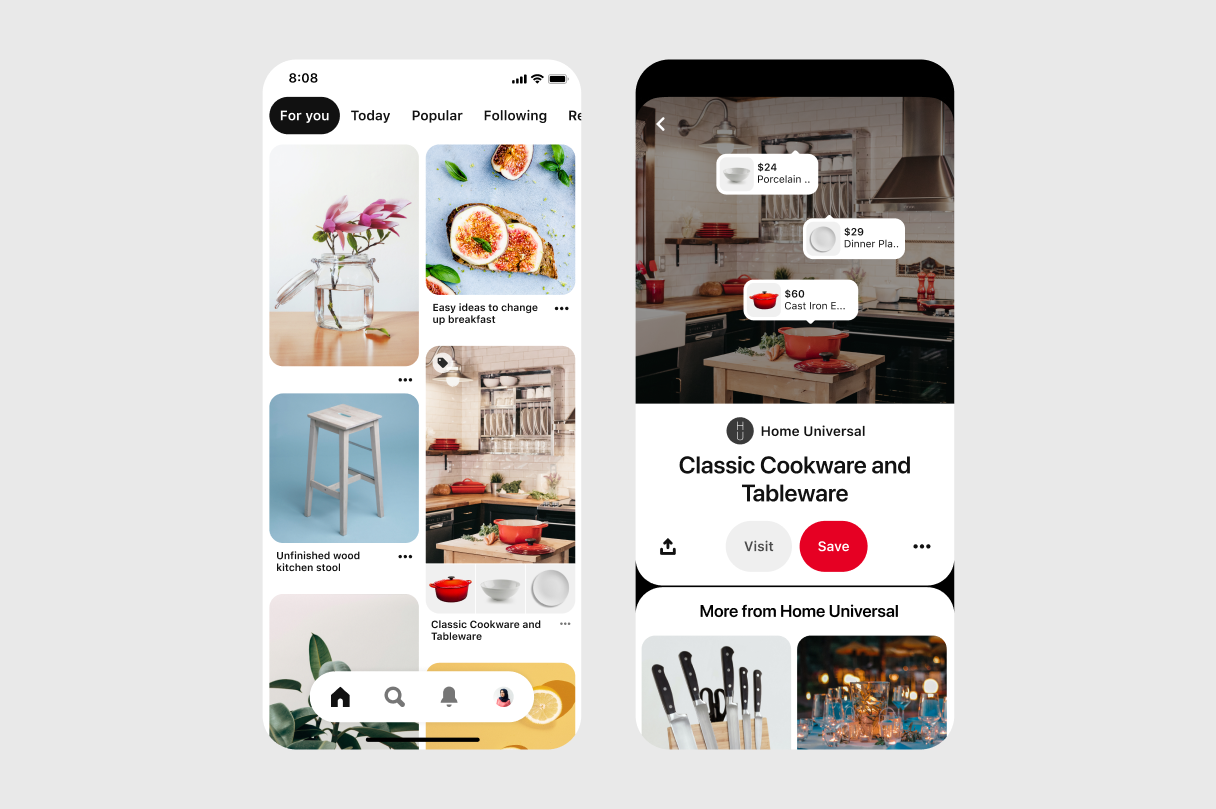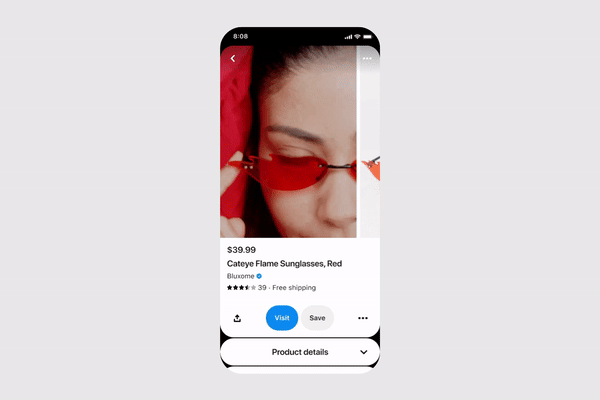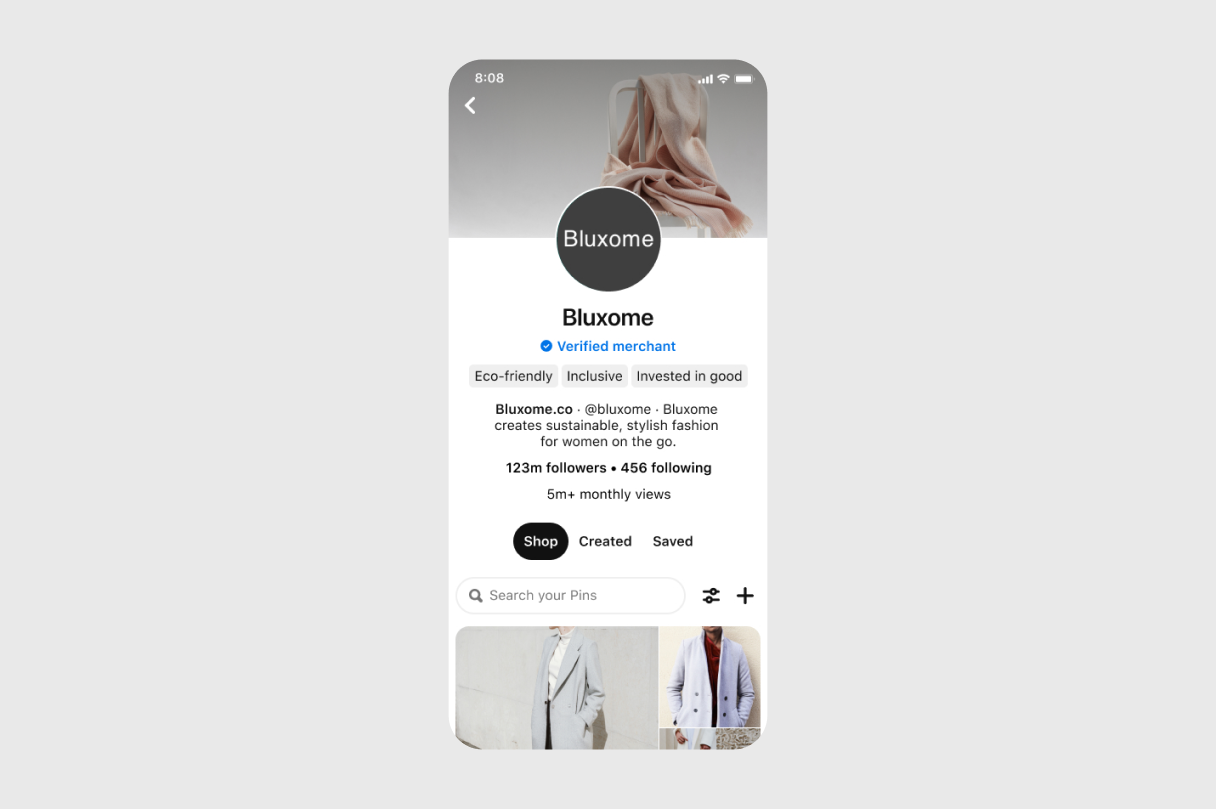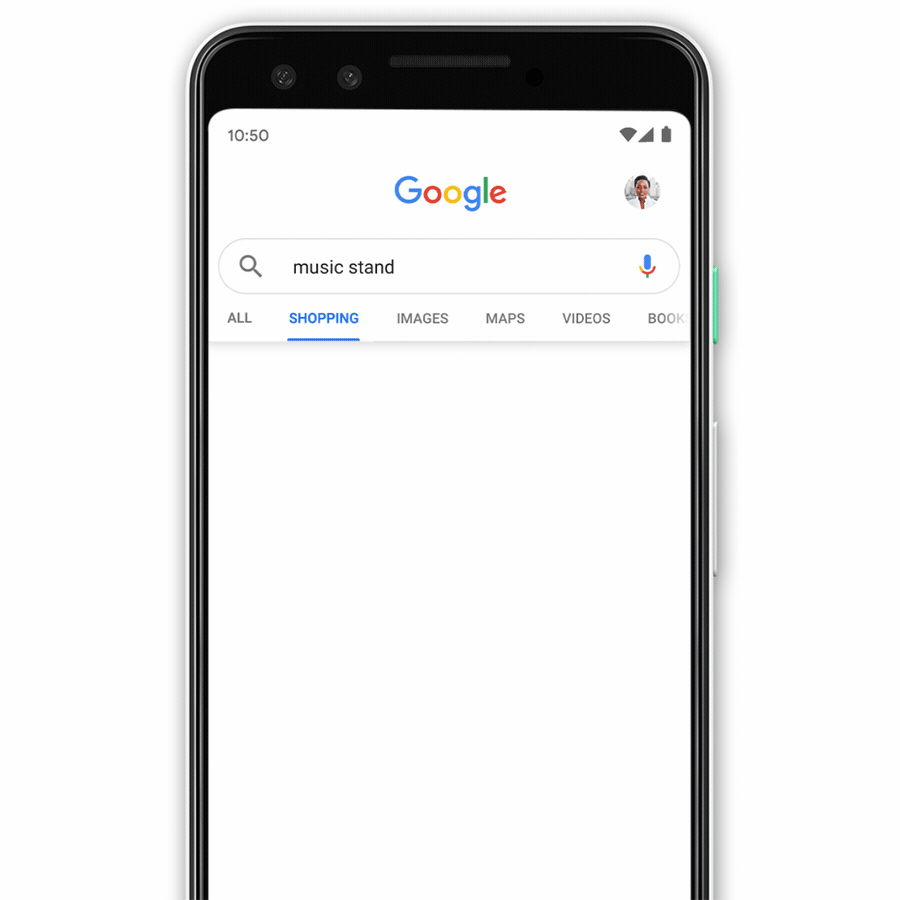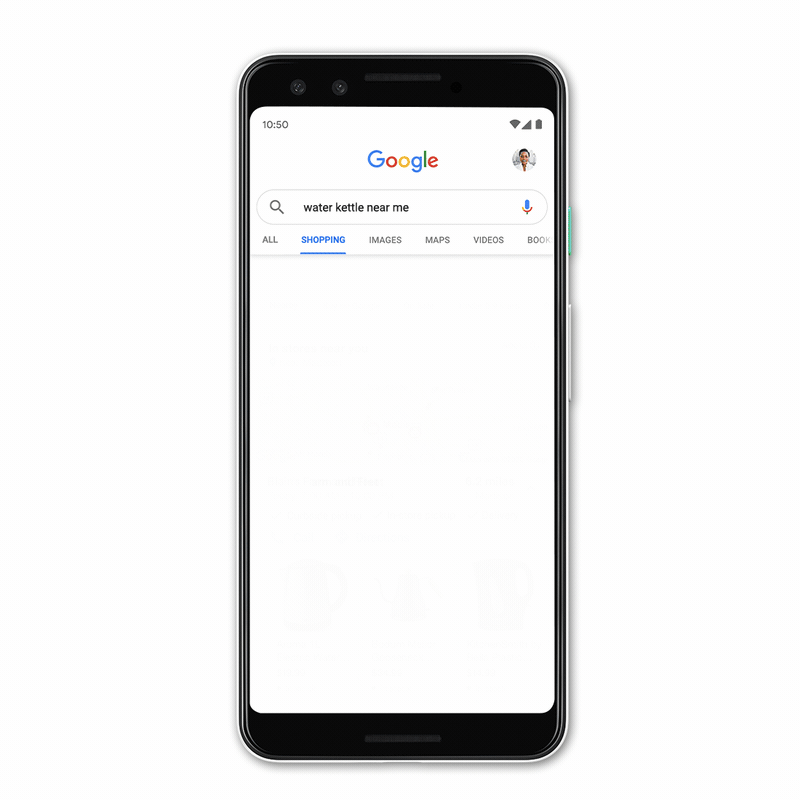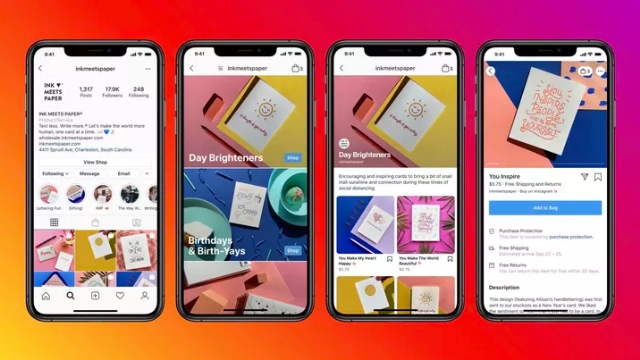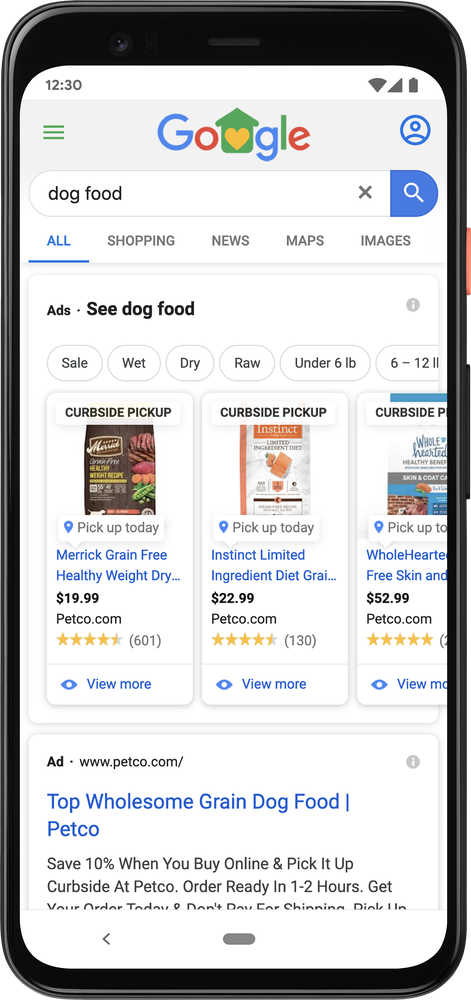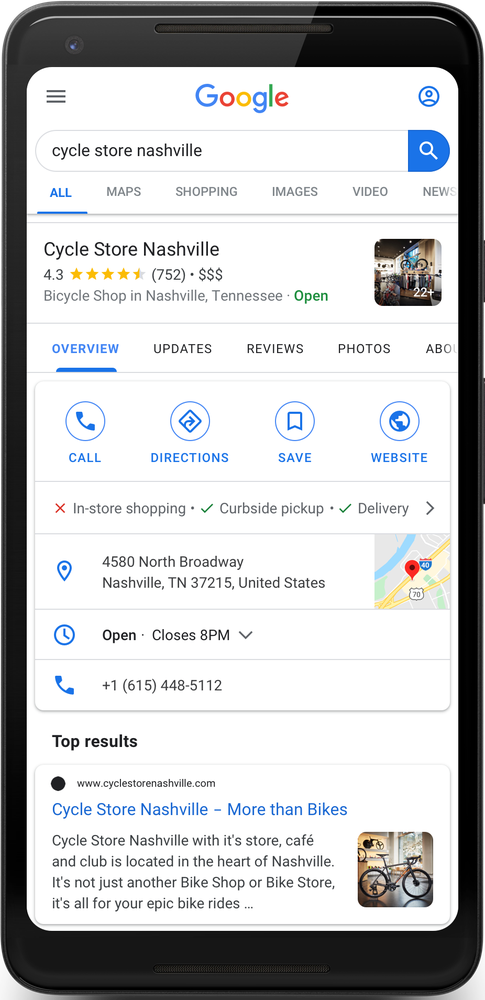The holiday shopping season is starting to heat up as retailers across the country prepare for the onslaught following Thanksgiving.
This year, the holiday shopping season is almost definitely going to look a lot different than in past years. Still, all estimates suggest this year’s holiday sales will be as big as ever.
To help you get prepped, Google is releasing a 27-page guide full of case-studies, useful data, and insightful predictions on this year’s holiday shopping.
While these bits of info cover a wide range of topics, they broadly fall into 3 categories: search behavior, changes in online shopping, and buying behavior.
Google Search Behavior and Holiday Shopping
In the guide, Google highlights a range of specific search terms that have been shooting up in popularity:
- Searches for “best affordable” have grown globally by over 60% year-over-year.
- Searches for “fashion online shopping” are up 600% year-over-year.
- Searches for “online clothing stores” have increased 100% globally year-over-year.
- Searches for “available near me” have grown over 100% globally year-over-year.
- Searches for “curbside pickup” have grown over 3,000% globally year-over-year.
- Searches for “support local businesses” grew by over 20,000% since last year.
What This Means For You
This data provides two real takeaways for business owners. The first is that Google is seeing a huge influx of new online shoppers – especially when it comes to buying clothes. This leads us to the second takeaway, the COVID-19 pandemic has made many people reluctant to shop in-store, even when they want to support local businesses.
To accommodate this shift in behavior, it is more essential than ever that businesses provide a range of shopping methods including online stores and contactless pickup.
Changes In Shopping Behavior
With this in mind, Google conducted a survey to see how holiday shoppers are adapting to the unique challenges of 2020. Here’s what they found:
- 69% of US shoppers plan to shop online for the holidays more than in previous years (with more people going online to browse and buy for the very first time.)
- More than 50% of surveyed US shoppers tried a new shopping service for the first time this year.
- More than one in ten surveyed US shoppers tried a new shopping app for the first time this year.
- 70% of US shoppers said they were open to buying from new retailers.
What This Means For You
We are all generally resistant to change, but the reality of this year has everyone outside of their comfort zones and trying new things. This is clear in our shopping behavior.
Not only are shoppers trying new ways to shop, they are opening themselves to buying from new retailers who have stepped up to the challenge.
Buying Behavior of Holiday Shoppers
The last selection of stats and data turns the attention towards what shoppers are expecting as they enter the holiday shopping season:
- 62% of US shoppers will start holiday shopping earlier to avoid items being out of stock.
- 46% of online US shoppers expect retailers to offer discounts.
- 77% of US holiday shoppers said they would browse for gift ideas online, not in-store.
- 46% of surveyed US shoppers agreed that “I make a deliberate effort to shop at businesses that align with my values.”
- 66% of US consumers who plan to shop this holiday season said they will shop more at local small businesses.
What This Means For You
While the swell in people shopping locally online may seem like a broad shift in consumer desires and behavior, it can also be read as a sign that many local shoppers have been pushed online this year.
Additionally, many consumers are making a concerted effort to support businesses in the community who may be struggling during the pandemic.
The increase in tension surrounding the elections is also reflected in this data, as many showed they are focused on shopping at places which align with their values.
To read the full report yourself and get even more insights into the 2020 holiday shopping season, click here.
